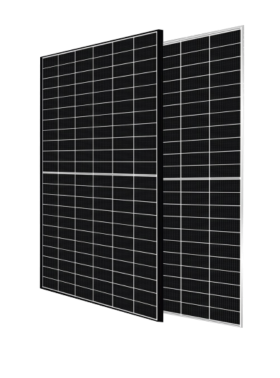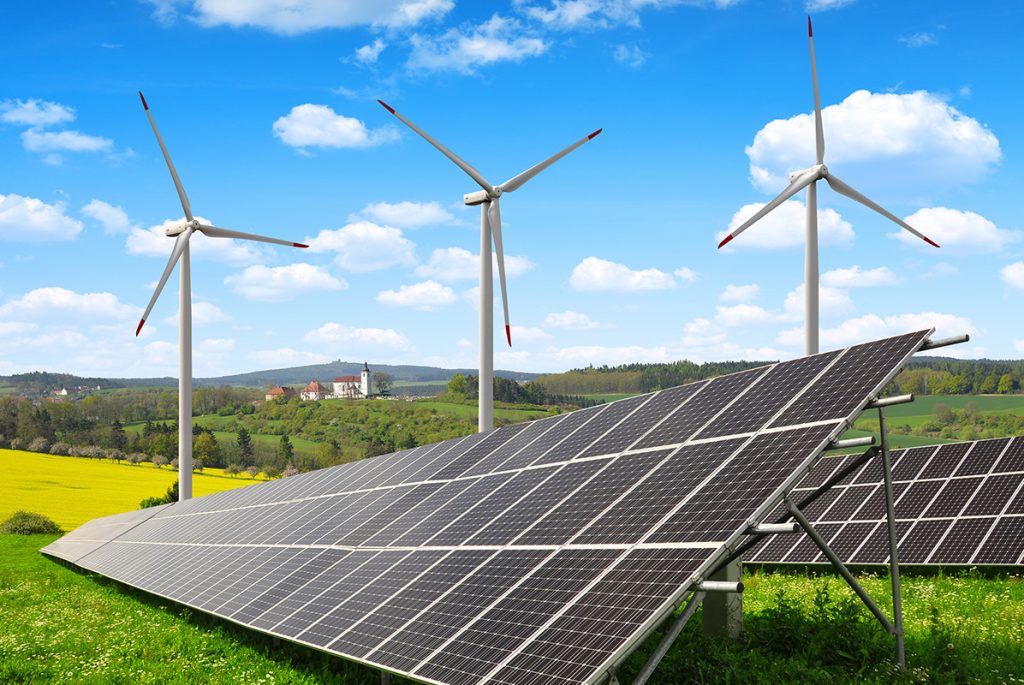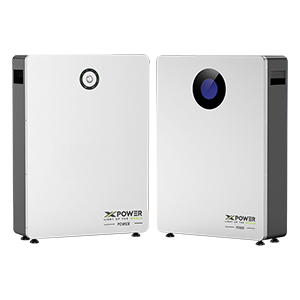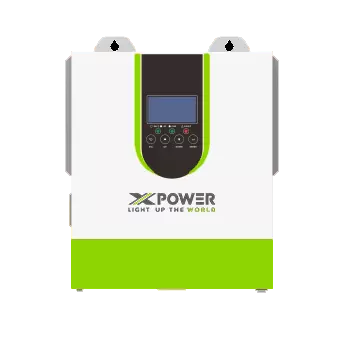What factors affect the efficiency of solar modules?
Time of Release : 2023-12-25
The utilization of solar modules, also referred to as solar panels, stands as a pivotal means of harnessing solar energy and transforming it into usable electricity. With the global surge in renewable energy adoption, comprehending the factors impacting solar module efficiency becomes essential for optimizing performance and maximizing benefits. In this article, we will explore the critical factors that influence solar module efficiency, shedding light on how to enhance their output for a more sustainable future.

Solar Cell Technology
The choice of solar cell technology significantly influences the overall efficiency of solar modules. Different technologies, such as monocrystalline, polycrystalline, and thin-film, offer varying levels of efficiency. Monocrystalline cells, crafted from a single crystal structure, boast higher efficiency rates due to their uniformity and enhanced purity. Polycrystalline cells, composed of multiple crystals, offer slightly lower efficiency but are more cost-effective. Thin-film cells exhibit lower efficiency but can be more flexible and adaptable for specific applications.
Sunlight Intensity and Angle of Incidence
The amount of sunlight directly impacting the solar modules profoundly affects their efficiency. Higher sunlight intensity correlates with greater electricity production. Additionally, the angle of incidence, or the angle at which sunlight strikes the surface of the modules, plays a crucial role. Optimal positioning of solar modules based on geographic location, season, and time of day significantly enhances their efficiency by capturing the most sunlight when positioned perpendicular to the sun’s rays.
Temperature
Solar module efficiency is inversely proportional to temperature. As solar cells heat up, their efficiency tends to decrease. This phenomenon, known as the temperature coefficient, varies depending on the solar cell technology used. Manufacturers often provide temperature coefficient ratings, enabling users to choose modules with better performance in hotter climates. Employing cooling mechanisms, such as airflow or water circulation, can mitigate temperature-related efficiency losses and improve overall output.

Dust, Dirt, and Shading
Accumulation of dust, dirt, or shading on the surface of solar modules can hinder their efficiency. Even minimal shading on a module can cause significant energy losses, as shaded cells produce less electricity and may cause electrical imbalances within the solar panel. Regular maintenance, including cleaning the modules to eliminate debris and ensuring unrestricted sunlight exposure, is crucial for optimizing energy generation and maximizing efficiency.
Quality of Components
The quality of materials and components used in manufacturing solar modules directly impacts their performance and longevity. High-quality modules with superior workmanship and reliable components, such as anti-reflective coatings, robust frames, and durable junction boxes, tend to offer better efficiency. Choosing reputable manufacturers and suppliers ensures long-term performance and efficient electricity generation from solar modules.
Understanding the factors that impact solar module efficiency empowers us to make informed decisions when adopting this renewable energy source. By considering solar cell technology, sunlight intensity, angle of incidence, temperature, dust/dirt/shading, and the quality of components, we can optimize the performance of solar modules, harnessing greater amounts of clean, sustainable electricity. As the world increasingly embraces solar energy, maximizing efficiency becomes paramount for a brighter and greener future.
As a leading manufacturer in the industry, we are dedicated to providing high-quality, reliable solutions that contribute to the advancement of solar technology. Visit our website to explore our innovative products and discover how we can be your trusted partner in achieving efficient and sustainable solar energy solutions.





